
Rosh HaNikra: Jewel of the Western Galilee
Explore Rosh HaNikra, a coastal gem in Israel's Western Galilee, known for its stunning grottoes, rich history, and diverse activities for all types of travelers.
Rosh HaNikra is a stunning coastal spot in the Western Galilee region of Israel. Known for its breathtaking white chalk cliffs and azure Mediterranean waters, the area offers a unique blend of natural beauty and historical significance. The main attraction here is the grottoes, a series of sea caves formed by the constant pounding of the waves against the cliffs over thousands of years. These grottoes can be explored on foot or by cable car, providing an unforgettable experience for nature lovers and adventure seekers alike. Beyond the grottoes, Rosh HaNikra has a rich history that spans multiple civilizations. Visitors can explore remnants from the times of the Phoenicians, Romans, Crusaders, and Ottomans, making it a fascinating destination for history enthusiasts. The area also played a strategic role during World War II and the British Mandate period, with an old railway tunnel that once connected Israel to Lebanon, now serving as a historical exhibit. Rosh HaNikra isn’t just about scenic beauty and history; it also offers a range of activities. From snorkeling in the clear waters to hiking along the rugged coastline, there’s something for everyone. The nearby Achziv National Park adds another layer to the experience with its archaeological sites and inviting beaches. Whether you’re looking for relaxation, adventure, or a bit of both, Rosh HaNikra is a must-visit spot in Israel.
Local tips in Rosh HaNikra
- Visit early in the morning to avoid crowds and enjoy the grottoes in peace.
- Check the weather before visiting as the grottoes can be closed during rough sea conditions.
- Wear comfortable shoes for walking through the grottoes and along the cliffs.
- Bring a swimsuit and snorkel gear to explore the underwater life near the grottoes.
- Combine your visit with a trip to nearby Achziv National Park for a full day of exploration.
Rosh HaNikra: Jewel of the Western Galilee
Rosh HaNikra is a stunning coastal spot in the Western Galilee region of Israel. Known for its breathtaking white chalk cliffs and azure Mediterranean waters, the area offers a unique blend of natural beauty and historical significance. The main attraction here is the grottoes, a series of sea caves formed by the constant pounding of the waves against the cliffs over thousands of years. These grottoes can be explored on foot or by cable car, providing an unforgettable experience for nature lovers and adventure seekers alike. Beyond the grottoes, Rosh HaNikra has a rich history that spans multiple civilizations. Visitors can explore remnants from the times of the Phoenicians, Romans, Crusaders, and Ottomans, making it a fascinating destination for history enthusiasts. The area also played a strategic role during World War II and the British Mandate period, with an old railway tunnel that once connected Israel to Lebanon, now serving as a historical exhibit. Rosh HaNikra isn’t just about scenic beauty and history; it also offers a range of activities. From snorkeling in the clear waters to hiking along the rugged coastline, there’s something for everyone. The nearby Achziv National Park adds another layer to the experience with its archaeological sites and inviting beaches. Whether you’re looking for relaxation, adventure, or a bit of both, Rosh HaNikra is a must-visit spot in Israel.
When is the best time to go to Rosh HaNikra?
Iconic landmarks you can’t miss
Rosh HaNikra Grottoes
Explore Rosh HaNikra Grottoes, a breathtaking natural wonder with stunning sea caves and scenic views of the Mediterranean coast.
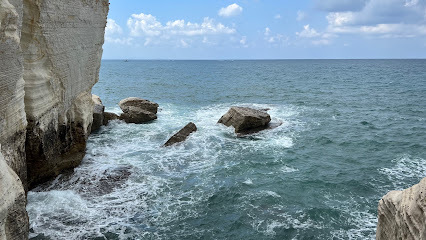
HaTsuk Restaurant
Experience the exquisite flavors of kosher cuisine at HaTsuk Restaurant, where fine dining meets the breathtaking views of Rosh HaNikra.
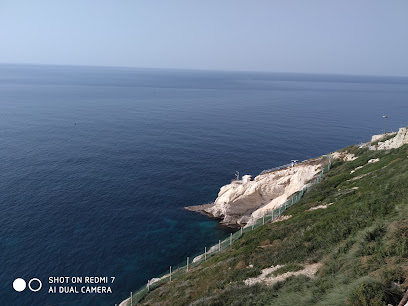
Rosh Hanikra Sea Reserve
Explore the breathtaking Rosh Hanikra Sea Reserve, a national park featuring stunning cliffs, unique caves, and vibrant marine life along the Mediterranean coast.
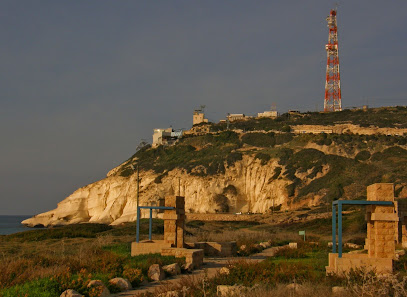
Rosh Hanikra Holiday Village
Discover the enchanting Rosh Hanikra Holiday Village, a serene resort hotel perfect for relaxation and adventure along the stunning Mediterranean coastline.
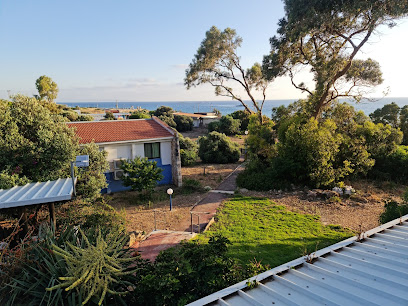
Funicular
Discover stunning views and rich history while riding the Rosh HaNikra Funicular, a must-visit attraction on Israel's Mediterranean coast.

Promenade Rosh Hanikra
Discover the stunning coastal beauty of Promenade Rosh Hanikra, where breathtaking views of the Mediterranean Sea and natural landscapes await.
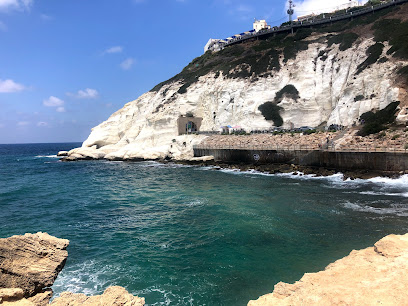
Monument to the Fallen
Explore the Monument to the Fallen, a solemn tribute to bravery and sacrifice, set in a serene landscape perfect for reflection and remembrance.
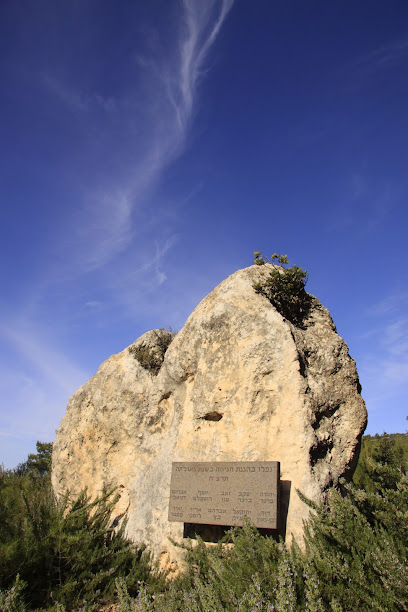
Rosh Hanikra Lookout
Explore the stunning Rosh Hanikra Lookout, where breathtaking Mediterranean views and unique limestone cliffs create a perfect escape in northern Israel.
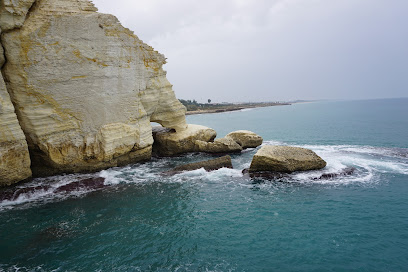
Hof Island Reserve Rosh HaNikra
Explore the stunning cliffs, vibrant marine life, and serene beauty of Hof Island Reserve Rosh HaNikra, an unforgettable national park on Israel's Mediterranean coast.
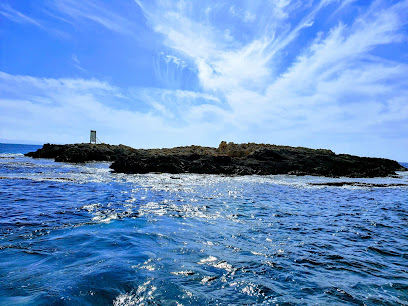
Synagogue Rosh Hanikra
Experience the spiritual tranquility and breathtaking views at Synagogue Rosh Hanikra, a serene Orthodox synagogue nestled along Israel's northern coastline.
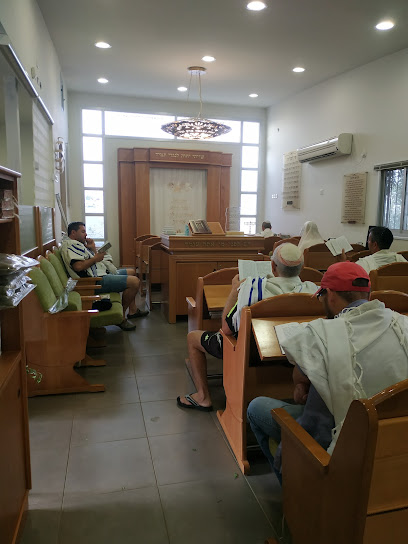
Mirador Rosh Hanikra
Explore the stunning vistas of Mirador Rosh Hanikra, where dramatic cliffs meet the azure Mediterranean Sea in a breathtaking natural spectacle.

Unmissable attractions to see
Mount Carmel National Park
Discover the breathtaking landscapes and rich biodiversity at Mount Carmel National Park in Haifa, a must-visit destination for nature lovers and hikers.
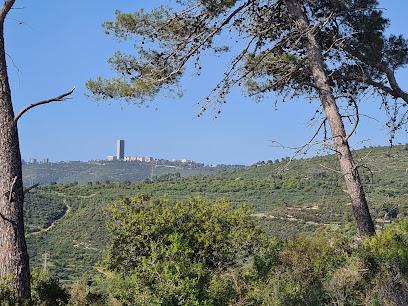
Knights' Halls, Old Akko
Explore the rich history and stunning architecture of the Knights' Halls in Old Akko, a UNESCO World Heritage site teeming with tales of the past.
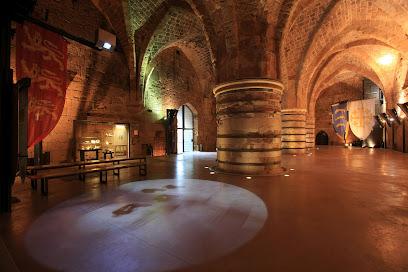
The Church of the Beatitudes
Explore the Church of the Beatitudes – a serene retreat overlooking the Sea of Galilee, rich in history and spiritual significance.
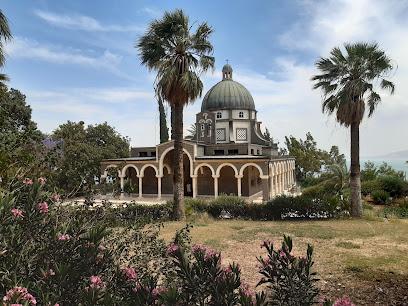
Keshet Cave
Experience the enchanting beauty of Keshet Cave, a stunning natural wonder in Israel, perfect for hiking and exploration.
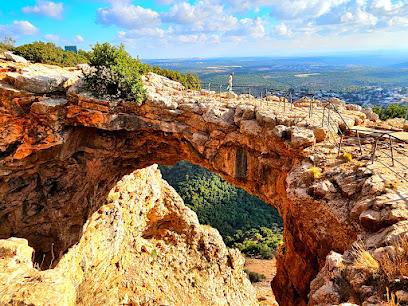
Nahariya's Promenade
Discover the beauty of Nahariya's Promenade - a coastal retreat filled with stunning views, delightful dining, and unforgettable sunsets.
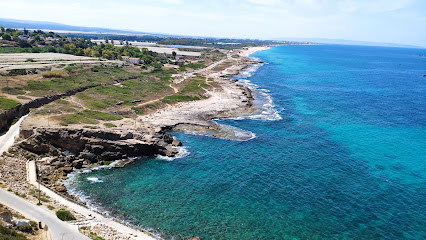
Templar's Tunnel
Discover the ancient secrets of Templar's Tunnel in Acre, an unforgettable journey through history and architecture in this UNESCO World Heritage Site.
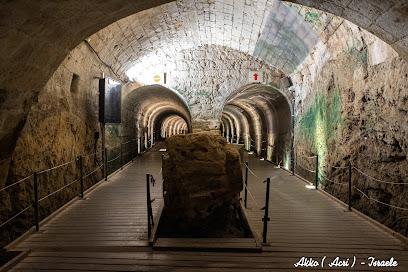
Stella Maris Monastery
Experience the spiritual tranquility and breathtaking views at Stella Maris Monastery, a historic gem on Mount Carmel in Haifa, Israel.
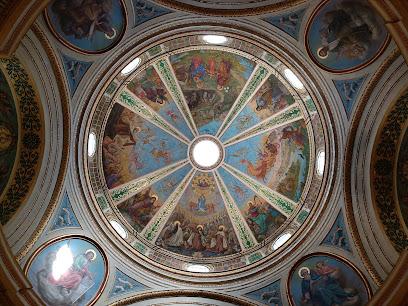
Hula Nature Reserve
Discover the breathtaking beauty and vibrant wildlife of Hula Nature Reserve, a premier destination for nature lovers and outdoor enthusiasts.
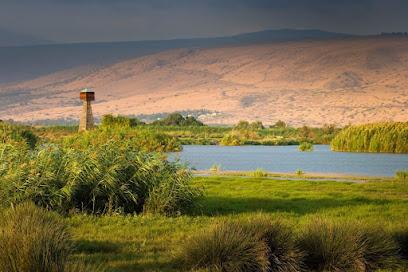
Yehiam Fortress
Explore Yehiam Fortress, a historical gem in Israel, offering stunning views, rich history, and beautiful nature trails for an unforgettable experience.
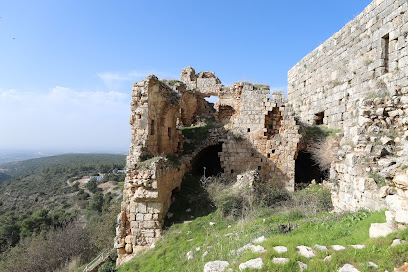
Goren Park
Explore Goren Park, a stunning national park in Israel, offering scenic hiking trails, breathtaking views, and rich wildlife for nature enthusiasts.

Churches of Tabgha
Discover the spiritual and historical essence of Tabgha, home to the revered Churches of Tabgha and stunning views of the Sea of Galilee.
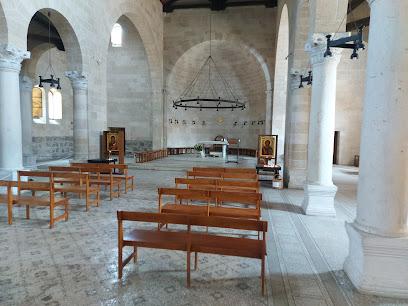
Almona Gardens
Explore Almona Gardens in Julis, a tranquil oasis filled with vibrant flora and cultural charm, perfect for a serene escape in Israel.
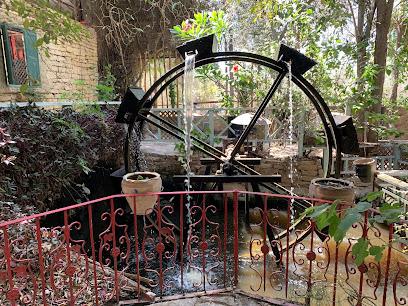
Church of the Primacy of Saint Peter
Explore the Church of the Primacy of Saint Peter in Tabgha, a serene pilgrimage site by the Sea of Galilee, rich in history and spiritual significance.
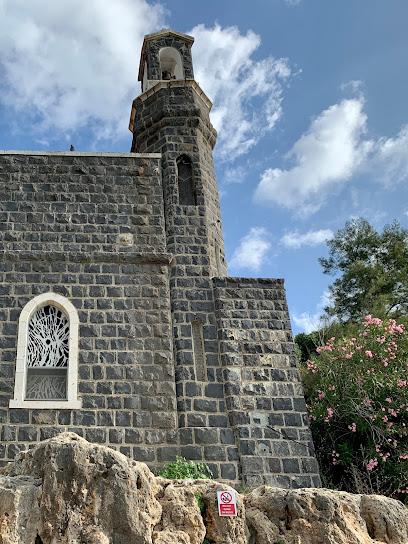
טרק ים אכזיב
Experience the ultimate Mediterranean adventure at Akhziv Boat Club, where stunning views meet exhilarating water activities for every traveler.
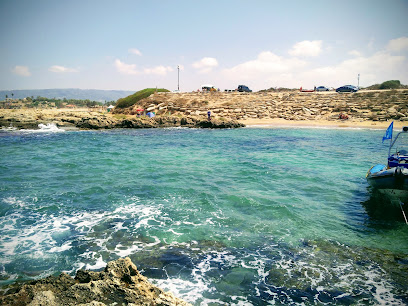
Botanical and Zoological Garden Nahariya
Experience the beauty of nature and wildlife at the Botanical and Zoological Garden Nahariya, a serene escape for all ages.
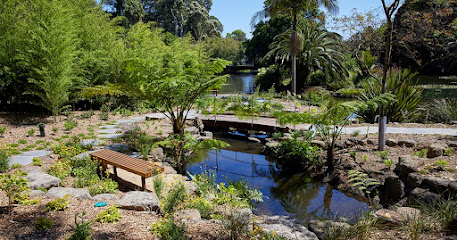
Essential places to dine
Restaurant Doniana
Discover Mediterranean culinary treasures at Restaurant Doniana in Acre - where every dish tells a story of tradition and flavor.
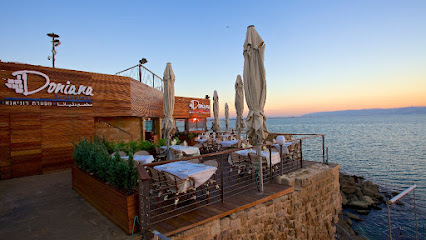
Alexander Local Diner
Discover the flavors of Nahariyya at Alexander Local Diner—where local cuisine meets classic diner charm in an inviting atmosphere.
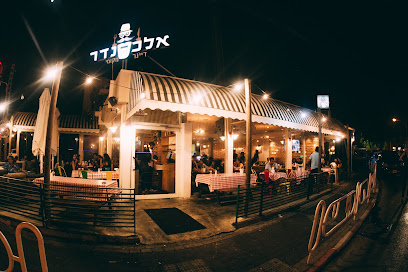
Magdalena restaurant
Experience exquisite dining at Magdalena Restaurant in Migdal – where local flavors meet gourmet cuisine amidst stunning landscapes.
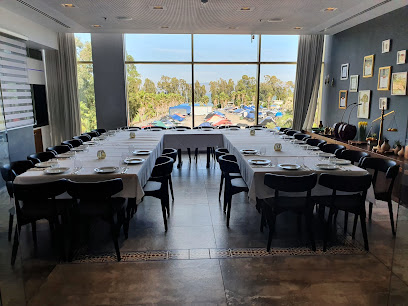
300 גרם - מסעדת בשרים כשרה
Experience exceptional kosher dining at 300 גרם - where quality meats meet exquisite flavors in Ga'aton's top chophouse.
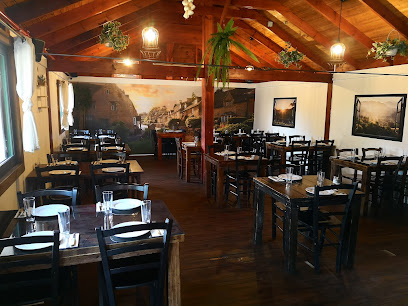
חוף אכזיב
Experience the serene beauty of Achziv Beach in Nahariyya – where relaxation meets adventure amidst stunning Mediterranean landscapes.
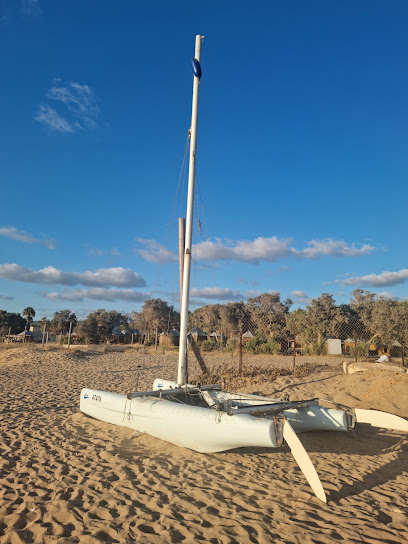
Banahala Restaurant
Experience authentic Israeli cuisine at Banahala Restaurant in Nahariyya - where fresh ingredients meet traditional flavors.
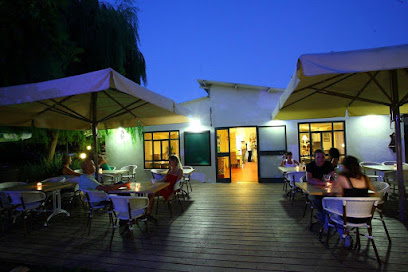
The Breakfast Club
Discover delightful breakfasts at The Breakfast Club in Shavei Tzion - where every meal is a celebration of local flavors!
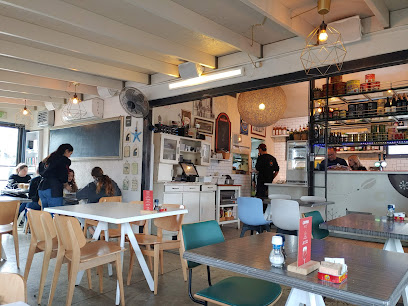
Arazim
Discover authentic Lebanese cuisine at Arazim Restaurant in Shlomi - a culinary journey filled with rich flavors and warm hospitality.
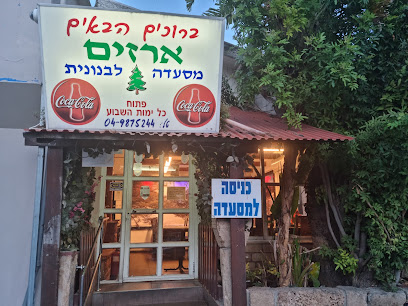
Adelina
Discover gourmet delights at Adelina in Kabri - where local flavors meet fine dining excellence.
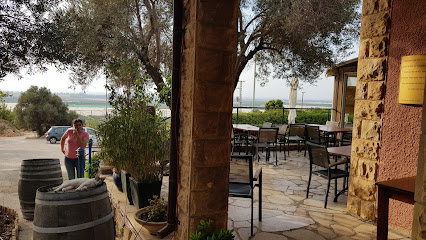
Landwer
Experience exquisite dining at Landwer Cafe in Nahariya with stunning Mediterranean views and diverse culinary delights.
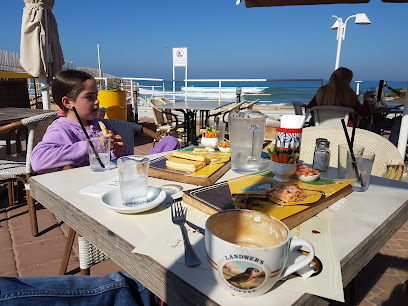
HaTsuk Restaurant
Discover fine kosher dining at HaTsuk Restaurant in Rosh HaNikra – where exquisite flavors meet breathtaking sea views.
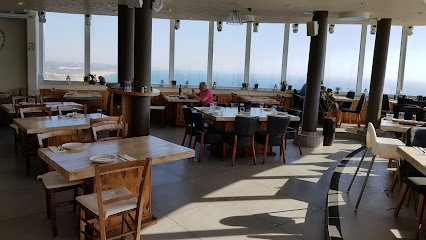
Michael Local Bistro
Discover exquisite dining at Michael Local Bistro in Liman – where fresh ingredients meet culinary creativity for an unforgettable experience.
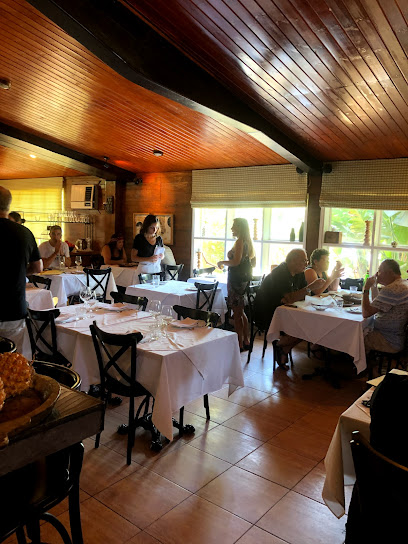
Bistro 899
Discover the vibrant flavors of Bistro 899 in Eilon, where delicious deli dishes meet unforgettable experiences in a charming setting.
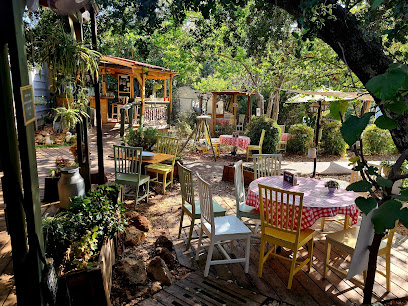
Layalina
Discover Layalina: A Culinary Haven in Kafr Yasif Serving Authentic Middle Eastern Flavors with Warm Hospitality.

Beef Bahar - Steakhouse
Discover Beef Bahar: A premier kosher steakhouse in Ya'ara known for its exquisite meats and welcoming ambiance.
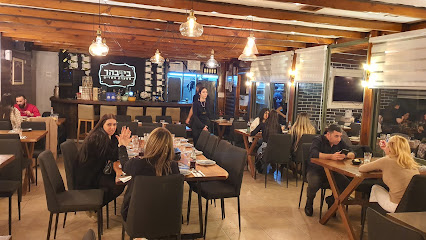
Markets, malls and hidden boutiques
Rosh HaNikra Grottoes
Discover the enchanting Rosh HaNikra Grottoes, a stunning natural wonder along the Mediterranean coast, filled with breathtaking caves and scenic views.

עיזה בהר
Discover the serene coastal charm of עיזה בהר, a delightful coffee shop in Rosh HaNikra with stunning views and a cozy atmosphere.

Grocery Store
Explore Rosh HaNikra's Grocery Store for all your travel essentials and local flavors, perfect for enjoying the beautiful Mediterranean coast.

מיטל בוטיק לטיפוח ויופי
Discover Meital Boutique in Shlomi, where beauty meets local charm with unique products and personalized service.

סטיילינג בשניה
Explore the unique thrift store סטיילינג בשניה in Rosh HaNikra for vintage finds and local treasures that capture the essence of Israel.
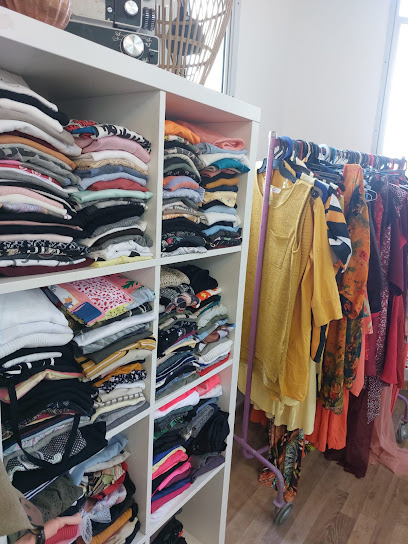
ספומה קפה - Spuma Cafe
Experience the best of Rosh HaNikra at Spuma Cafe, where delightful coffee meets breathtaking coastal views.

Como mi
Explore Como mi in Rosh HaNikra for unique and stylish bags that capture the essence of Israeli craftsmanship and culture.

Essential bars & hidden hideouts
HaTsuk Restaurant
Experience exquisite kosher dining at HaTsuk Restaurant in Rosh HaNikra, where culinary artistry meets breathtaking Mediterranean views.
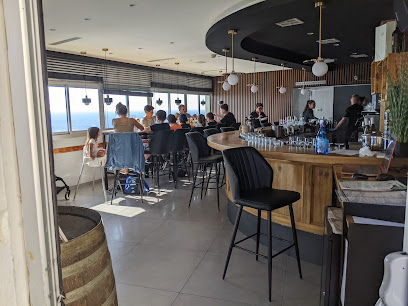
Mandel - Bar (Queens bar)
Mandel - Bar in Nahariyya offers a lively atmosphere with a wide selection of drinks and local entertainment for an unforgettable night out.
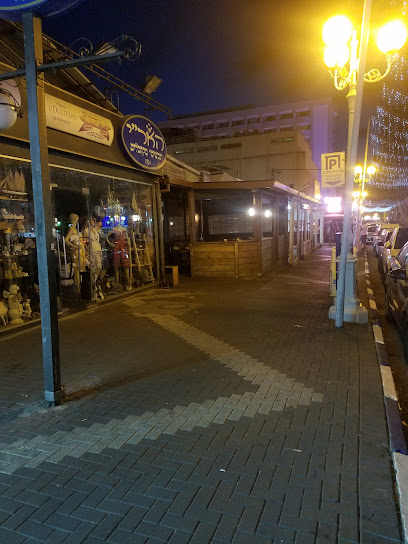
ימה-בראוכל בדרך לים
Discover the perfect blend of exquisite cocktails and Mediterranean cuisine at Yama-Braochal, a vibrant bar and restaurant by the sea.

Rosh Hanikra Lookout
Discover the breathtaking vistas of Rosh Hanikra Lookout, where the cliffs meet the Mediterranean Sea in stunning harmony.
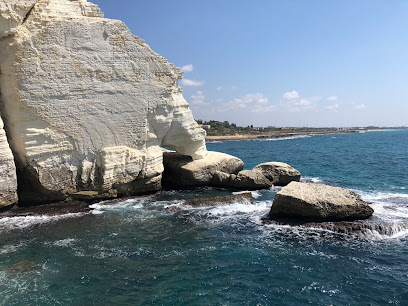
CRU WINE BAR
Experience the finest selection of wines and gourmet delights at CRU Wine Bar in Nahariyya - a must-visit for every wine lover.
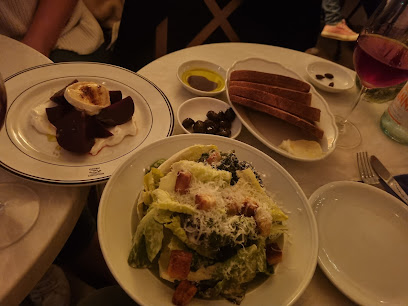
כפרה בר שמח
Discover the vibrant nightlife at כפרה בר שמח in Nahariyya, where delicious drinks and a lively atmosphere await.
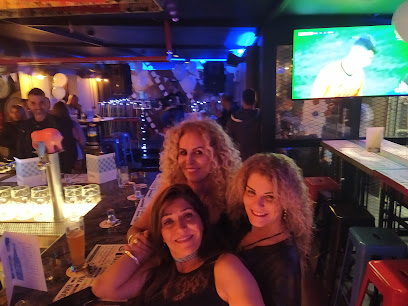
BK Pub Nahariya
Discover the vibrant nightlife of Nahariya at BK Pub, offering a delightful selection of drinks and a lively atmosphere for an unforgettable evening.
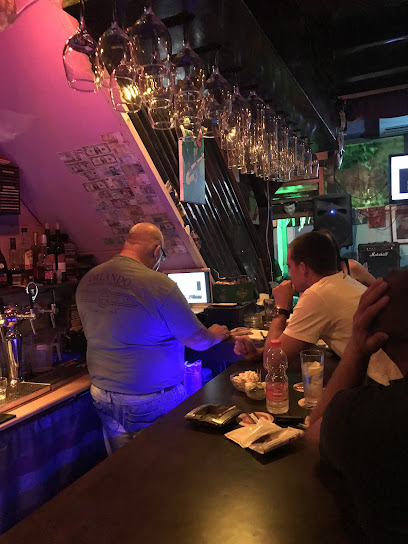
Bar Services בר סרוויס קוקטייל - שירותי בר קוקטיילים לאירועים
Experience the vibrant atmosphere and exquisite cocktails at Bar Services in Rosh HaNikra, the ultimate destination for cocktail lovers.

Kipi bar
Discover the lively Kipi Bar in Nahariyya, a premier destination for cocktails, music, and vibrant nightlife.

האקונומיה
Experience the vibrant nightlife at האקונומיה, a lively bar in Gesher HaZiv known for its exceptional drinks and welcoming atmosphere.
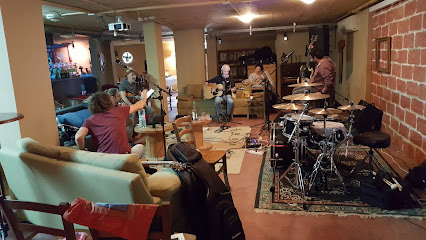
Bali cafe
Experience the vibrant ambiance and refreshing drinks at Bali Cafe, a coastal bar in Naqoura, Lebanon, perfect for relaxation and enjoyment.
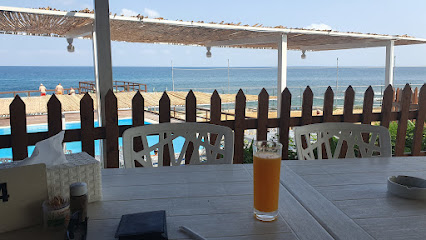
Sawadi friends bar - אכזיב
Discover the lively ambiance and stunning views at Sawadi Friends Bar in Achziv, the perfect spot for relaxation and socializing.

בי.קי. פאב
Discover the lively spirit of בי.קי. פאב, Nahariyya's go-to bar for great drinks and a friendly atmosphere!
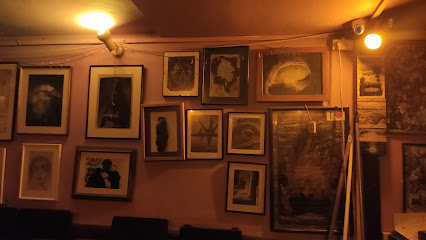
Edelweiß Pub Austria
Discover the charm of Edelweiß Pub in Naqoura, Lebanon, where cozy ambiance meets exceptional drinks and lively local culture.
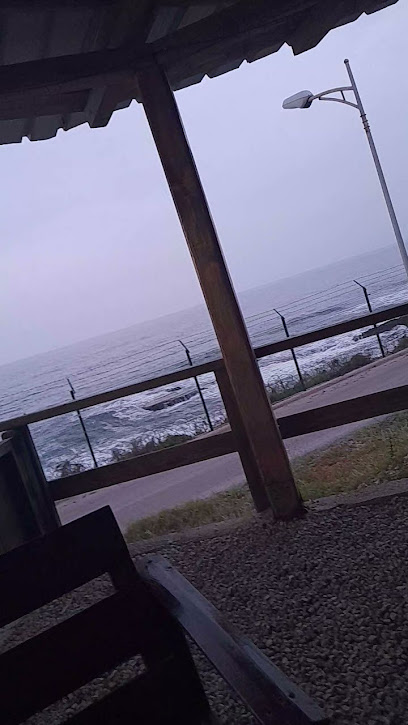
הפינה של מיכל בראש הנקרה
Experience the culinary delights and comfort of 'הפינה של מיכל' in Rosh HaNikra, where every meal is a celebration of local flavors.
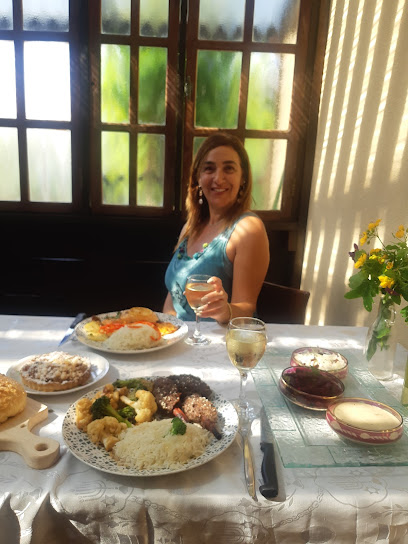
Local Phrases
-
- Helloשלום
[Shalom] - Goodbyeלהתראות
[Lehitraot] - Yesכן
[Ken] - Noלא
[Lo] - Please/You're welcomeבבקשה
[Bevakasha] - Thank youתודה
[Toda] - Excuse me/Sorryסליחה
[Slicha] - How are you?איך אתה?
[Eich Ata?] - Fine. And you?טוב. ואתה?
[Tov. Ve'ata?] - Do you speak English?אתה מדבר אנגלית?
[Ata Medaber Anglit?] - I don't understandאני לא מבין
[Ani Lo Mevin]
- Helloשלום
-
- I'd like to see the menu, pleaseאני רוצה לראות את התפריט, בבקשה
[Ani Rotzeh Lir'ot et Hataprit, Bevakasha] - I don't eat meatאני לא אוכל בשר
[Ani Lo Ochel Basar] - Cheers!בריאות!
[Bri'ut!] - I would like to pay, pleaseאני רוצה לשלם, בבקשה
[Ani Rotzeh Leshalem, Bevakasha]
- I'd like to see the menu, pleaseאני רוצה לראות את התפריט, בבקשה
-
- Help!עזרה!
[Ezra!] - Go away!לך לך!
[Lech Lech!] - Call the Police!קרא למשטרה!
[Kara Lemishtara!] - Call a doctor!קרא לרופא!
[Kara Laro'e!] - I'm lostאני אבוד
[Ani Avud] - I'm illאני חולה
[Ani Choleh]
- Help!עזרה!
-
- I'd like to buy...אני רוצה לקנות...
[Ani Rotzeh Liknot...] - I'm just lookingאני רק מסתכל
[Ani Rak Mestakel] - How much is it?כמה זה עולה?
[Kama Ze Ole?] - That's too expensiveזה יקר מדי
[Ze Yakar Me'od] - Can you lower the price?אתה יכול להוריד את המחיר?
[Ata Yachol Lehored et Hamechir?]
- I'd like to buy...אני רוצה לקנות...
-
- What time is it?מה השעה?
[Ma Hasha'a?] - It's one o'clockהשעה חד
[Hasha'a Chad] - Half past (10)חצי (עשר)
[Chatzi (Esre)] - Morningבוקר
[Boker] - Afternoonצהריים
[Tzohorayim] - Eveningערב
[Erev] - Yesterdayאתמול
[Etmol] - Todayהיום
[Hayom] - Tomorrowמחר
[Mahar] - 1אחד
[Echad] - 2שניים
[Shnayim] - 3שלושה
[Shlosha] - 4ארבעה
[Arba'a] - 5חמישה
[Chamisha] - 6שישה
[Shisha] - 7שבעה
[Sheva'a] - 8שמונה
[Shmoneh] - 9תשעה
[Tisha'a] - 10עשרה
[Esreh]
- What time is it?מה השעה?
-
- Where's a/the...?איפה נמצא...
[Eifo Nimtza...] - What's the address?מה הכתובת?
[Ma Hakatavat?] - Can you show me (on the map)?אתה יכול להראות לי (על המפה)?
[Ata Yachol Leharaot Li (Al Hamapa)?] - When's the next (bus)?מתי האוטובוס הבא?
[Matay Ha'otobus Haba?] - A ticket (to ....)כרטיס (ל...)
[Kartis (Le...)]
- Where's a/the...?איפה נמצא...
History of Rosh HaNikra
-
Rosh HaNikra's stunning white limestone grottos were formed due to tectonic and volcanic activity that created the cracks and crevices in the rocks. Over millennia, the force of the Mediterranean Sea's waves eroded these formations, creating the intricate cave system we see today. These natural wonders have captivated travelers and locals alike, offering a unique glimpse into the power of nature.
-
Rosh HaNikra has been a significant site since ancient times, serving as a coastal landmark for the Phoenicians, who were among the earliest seafarers. The Romans later recognized its strategic importance and utilized the area as a waypoint on their coastal road system, connecting Acre (Akko) and Tyre. Remnants of these ancient roadways can still be seen in the area.
-
During the Crusader Period, Rosh HaNikra was a key location on the route from Acre to Tyre. The Crusaders built fortifications and lookout points to secure their passage along this coastal route. These medieval structures provided strategic advantage and control over the maritime and overland travel in the region.
-
During the British Mandate in Palestine, Rosh HaNikra saw the construction of the Haifa-Beirut Railway. The railway included a tunnel through the cliffs of Rosh HaNikra, facilitating travel and trade between the British-controlled territories. The tunnel was later blown up by the Haganah in 1948 to prevent its use by invading forces during the War of Independence.
-
In the modern era, Rosh HaNikra has become a beloved tourist destination. The Israel Nature and Parks Authority has developed the site to include cable car access to the grottos, walking trails, and educational exhibits. The unique combination of natural beauty and historical significance draws visitors from around the world.
Rosh HaNikra Essentials
-
Rosh HaNikra is situated at the northern tip of Israel's Mediterranean coastline, close to the border with Lebanon. The nearest major city is Haifa, approximately 40 kilometers to the south. The most convenient way to reach Rosh HaNikra is by car. From Tel Aviv, it is about a 2-hour drive north via Route 4 or Route 2. Public transportation options include taking a train to Nahariya, the closest railway station, and then a short taxi ride or bus to Rosh HaNikra.
-
Once in Rosh HaNikra, getting around is straightforward. The area is relatively small, and many attractions can be reached on foot. Taxis are available and can be a convenient option for short distances. For those looking to explore beyond Rosh HaNikra, renting a car is recommended. Buses also connect Rosh HaNikra with nearby cities such as Haifa and Nahariya.
-
The official currency in Israel is the Israeli Shekel (ILS). Credit cards are widely accepted in hotels, restaurants, and shops in Rosh HaNikra. ATMs are available for cash withdrawals, but it's a good idea to have some cash on hand for smaller vendors or in case of emergencies. Currency exchange services are available in major cities and at the airport.
-
Rosh HaNikra is generally a safe destination for tourists. However, it is advisable to exercise standard precautions. Avoid walking alone at night in unfamiliar areas and keep an eye on your belongings, especially in crowded places. While there are no specific high-crime areas targeting tourists in Rosh HaNikra, it's always best to stay vigilant.
-
In case of emergency, dial 100 for police, 101 for medical emergencies, and 102 for fire services. The nearest hospital is in Nahariya, approximately 15 kilometers away. It is recommended to have travel insurance that covers medical emergencies. Pharmacies are available in Nahariya for minor health issues.
-
Fashion: Do dress modestly, especially when visiting religious sites. Avoid wearing overly revealing clothing. Religion: Do respect local customs and traditions. Public Transport: Do be respectful to fellow passengers and offer seats to the elderly. Don't eat or drink on public transport. Greetings: Do greet people with a friendly 'Shalom' or 'Hello'. A handshake is common. Eating & Drinking: Do try local delicacies and accept food offerings graciously. Don’t refuse hospitality, as it is considered impolite.
-
To experience Rosh HaNikra like a local, visit during the off-peak season to avoid crowds. Engage with locals, who are often friendly and willing to share stories about the area’s history and culture. Don’t miss taking the cable car down to the grottoes, as it offers spectacular views of the Mediterranean Sea. For a unique experience, consider exploring the nearby Achziv National Park, which offers beautiful beaches and historical landmarks.
Nearby Cities to Rosh HaNikra
-
Things To Do in Nahariya
-
Things To Do in Akko
-
Things To Do in Acre
-
Things To Do in Tyre
-
Things To Do in Haifa
-
Things To Do in Safed
-
Things To Do in Nazareth
-
Things To Do in Tiberias
-
Things To Do in Marjayoun
-
Things To Do in Sidon
-
Things To Do in Zikhron Ya'akov
-
Things To Do in Caesarea
-
Things To Do in Umm Qais
-
Things To Do in Hadera
-
Things To Do in Beit She'an








